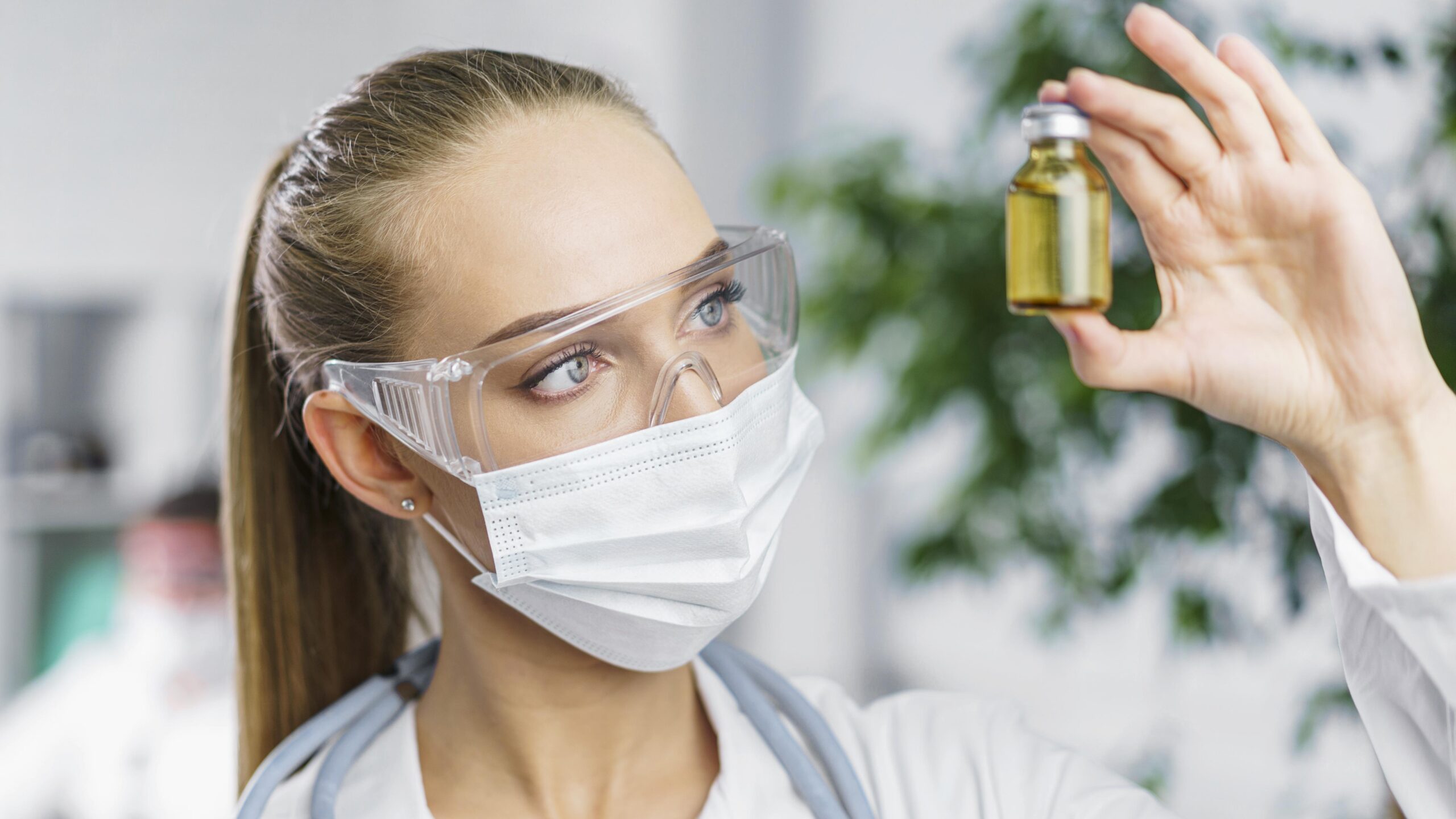Biosimilars Vs Biologics: Definitions, Development, and main Differences

What is a Biologic?
Definition:
Biologics are complex medicines derived from living organisms such as cells, tissues, or microorganisms. They include a range of products such as vaccines, blood components, gene therapies, and monoclonal antibodies.
Composition:
Biologics are typically made from proteins, sugars, or nucleic acids. They are produced in living systems, commonly through biotechnology, using methods like recombinant DNA technology.
Development Timeline:
The development of biologics can take approximately 10 to 15 years. This extensive timeline includes the discovery phase, preclinical studies, and multiple phases of clinical trials.
Development Budget:
The costs associated with bringing a biologic to market can range from $1 billion to $2.5 billion, accounting for research, development, clinical trials, and regulatory approval processes.
Patents:
Biologics are subject to patents, which protect their proprietary processes and formulations for a certain period, typically 20 years from the date of filing. After the patent expires, biosimilars may be developed.
What is a Biosimilar?
Definition:
Biosimilars are biologic medical products highly similar to already approved reference biologics. They have no clinically meaningful differences in terms of safety, purity, and potency from the original product.
Composition:
Biosimilars are also made from living organisms and involve similar production processes to the reference biologic, although they may have slight variations.
Development Timeline:
The development of biosimilars generally takes about 5 to 10 years. Compared to the original biologics, this timeline is shorter due to the existing data on the reference product.
Development Budget:
Developing a biosimilar can cost between $100 million and $300 million, significantly lower than the costs of developing new biologics.
Patents:
While biosimilars can be developed after the reference biologic’s patent expires, they may still be subject to their patents to protect the specific processes they use.
Effects, Benefits, Advantages, and Disadvantages
Effects
Both biologics and biosimilars can induce specific immune responses due to their protein-based nature, but these may vary from patient to patient. Healthcare providers need to monitor patients for efficacy and any adverse reactions.
Benefits and Advantages
– Biologics: The primary benefit is their targeted action, often leading to improved outcomes in complex conditions such as cancer, autoimmune diseases, and chronic illnesses. They can be tailored to the specific needs of patients.
– Biosimilars: They offer a more affordable option for patients and healthcare systems, increasing access to essential treatments. Since they are highly similar to established biologics, they carry a reduced risk of clinical variation.
Disadvantages
– Biologics: They are generally more expensive and may require complex storage conditions (like refrigeration). Additionally, the production process can lead to variabilities in batch-to-batch consistency.
– Biosimilars: The main disadvantage is the potential for minor variations that could influence efficacy or safety. While they are required to demonstrate similarity, some clinicians may be hesitant to switch patients from a reference biologic to a biosimilar.
Differences Between Biologics and Biosimilars
1. Origin and Composition: Both biologics and biosimilars are derived from living organisms, but biosimilars are developed specifically to mimic an already existing biologic.
2. Development Costs and Timeframes: Development costs and timelines for biosimilars are considerably less than those for new biologics due to the groundwork laid by the original product.
3. Market Exclusivity: Biologics are usually protected by patents for a longer duration, protecting their market exclusivity, while biosimilars enter the market only after the patent for the reference biologic has expired.
4. Regulatory Pathways: Licensing processes differ as biosimilars do not require full clinical trials, only comparative studies to demonstrate similarity to the reference product.
In conclusion, both biologics and biosimilars play crucial roles in modern medicine, offering unique advantages and challenges. Understanding their differences helps improve patient care and optimize treatment strategies.
(Note: This article briefly overviews the subject and does not provide medical advice. If you need more information about Biosimilars and Biologics, consult a healthcare professional.)



